“A classicist in a modern epoch”
Camille Saint-Saëns – Musique religieuse
When Camille Saint-Saëns died in Algiers in 1921 at the age of 86 he had outlived several epochs and stylistic changes in musical history. Despite the image of conservatism and awareness of tradition which remained with him, indeed partly because of it, the music-loving public regarded him – along with the more eccentric Berlioz – as a leading representative of 19th-century Musique française. His importance lay not only in his capacity as a composer, but also as a conductor and performer (as a pianist) of his own works, as well as an organist in churches of his native city Paris (Église Saint-Merri 1853–58, Église de la Madeleine 1858–77). Saint-Saëns was fully aware of the eclectic elements to his music, without this impairing its positive creative force.
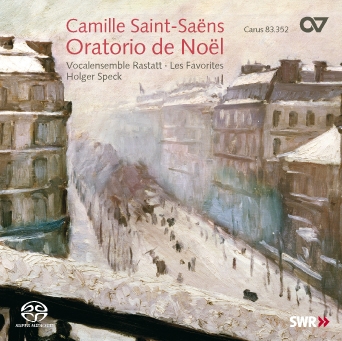
All audio samples from:
Camille Saint-Saëns
Oratorio de Noël
Vocalensemble Rastatt
Les Favorites
Holger Speck
CD Carus 83.352
Saint-Saëns’ oeuvre encompasses virtually all of the musical genres of his time: four symphonies, several symphonic poems, incidental music, pittoresque orchestral suites (such as the popular Carnaval des animaux of 1886, concertos for piano, violin and violoncello, several oratorios and cantatas as well as – indispensable for a French composer of high standing – twelve operas, although only one of them, the three-act opera Samson et Dalila, first performed in 1877, entered the repertoire. The large-scale works are joined by songs with either piano or orchestral accompaniment, chamber music, piano and organ music.
His extensive catalogue of works also includes church music to French, and particularly Latin texts. These works range from short choral pieces, often with organ accompaniment, to large-scale liturgical works and oratorios. In addition to a Mass (1856), a Requiem (1878) and two richly-scored psalm settings with orchestral accompaniments the three biblical oratorios Oratorio de Noël, Le Déluge – Poème biblique (1875) and La Terre promise (1913) should especially be mentioned. Of these works, only the Latin Oratorio de Noël has taken a place among the canon of Christmas oratorios.
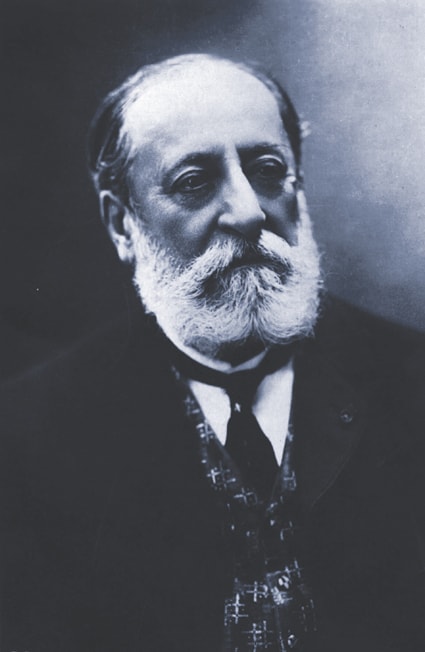
Camille Saint-Saëns
Conceived at the end of the 1850s, this work was completed in 1860, but its first performance was not given until 15 December 1869 in La Madeleine church. This ten-movement work is scored for soli, 4-part mixed choir, string quintet, harp and organ. The obbligato organ part calls for a typical “romantic” instrument of the period with a wide palette of basic tone colors. In contrast to the organ, which is continuously used, the harp appears – for a special effect – in only three pieces: in the Duet, No. 5 Benedictus, qui venit, in the Trio, No. 7 Tecum principium (here it continuously plays arpeggios suited expressly to the instrument as the only instrumental accompaniment apart from the organ, which plays in delicate registers), and at the end of the Quintet with chorus, No. 9 Consurge, Filia Sion. The libretto of this work is a series of Christmas episodes with a liturgical rather than a narrative character. It is based on passages from both the Old and the New Testament: from the story of Christmas according to St. Luke, from the Gospel of St. John, the Psalms (or passages based on the propers from Christmas Masses), from the prophet Isaiah and from Lamentations.
The purely instrumental beginning of the work has always attracted especial attention because of its clear allusion to a great historical model: Saint-Saëns begins with a prelude expressly marked Prélude dans le style de Séb. Bach. It seems likely (even if it cannot be proven) that the broadly swaying 12/8 Pastorale in G major for strings and organ was inspired by the pastoral Sinfonia which opens the second cantata of Bach’s Christmas oratorio, in the same key and time signature, and which is also characterized by a dotted Siciliano rhythm. Saint-Saëns subscribed to the so-called old Bach Complete Edition, in which shortly before, in 1856, Bach’s Oratorio had appeared. Nevertheless his Prélude is not a historical stylistic copy but a genre piece, which expresses a sentimentalized view of Bach, typical of the age, such as Charles Gounod revealed in his (Ave Maria) Méditation on the C major Prelude in The Well-Tempered Clavier I. In No. 9 (solo quintet and choir) the theme of the pastoral Prelude is taken up again in the same key, before the work ends with a homophonic, choralelike chorus (with colla parte instruments) in the basic key of G major.

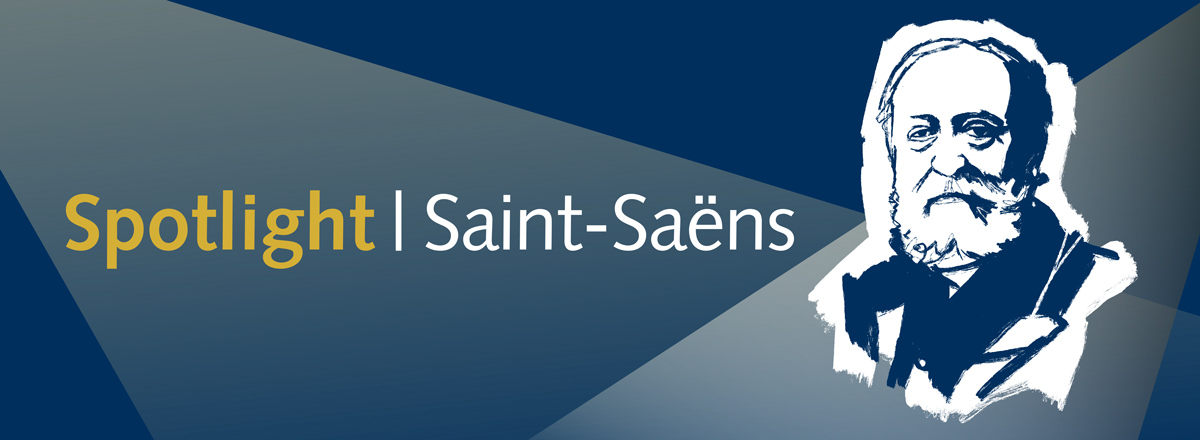
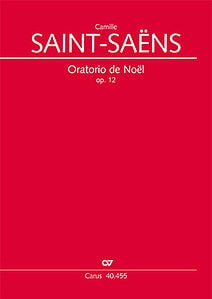
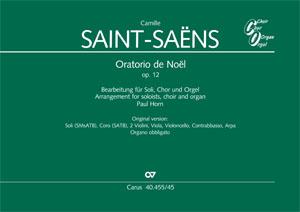

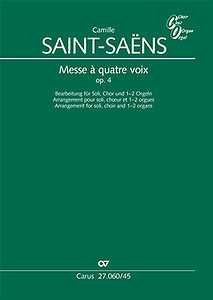
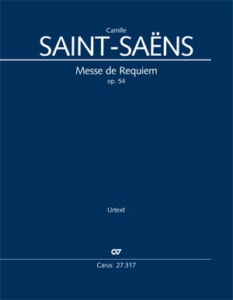



Leave a Reply
Want to join the discussion?Feel free to contribute!